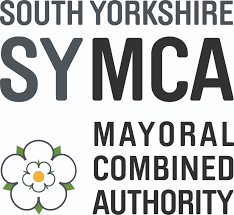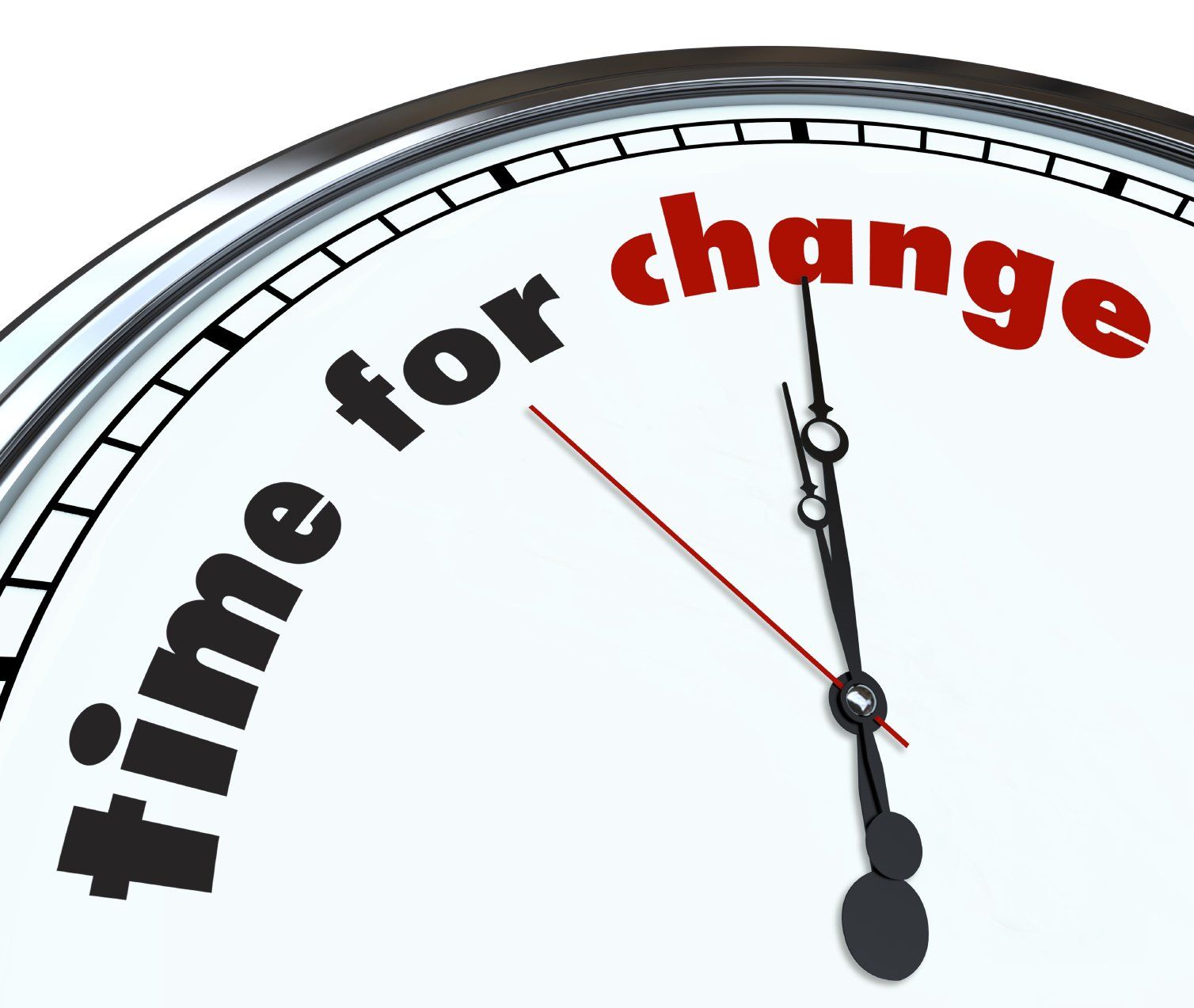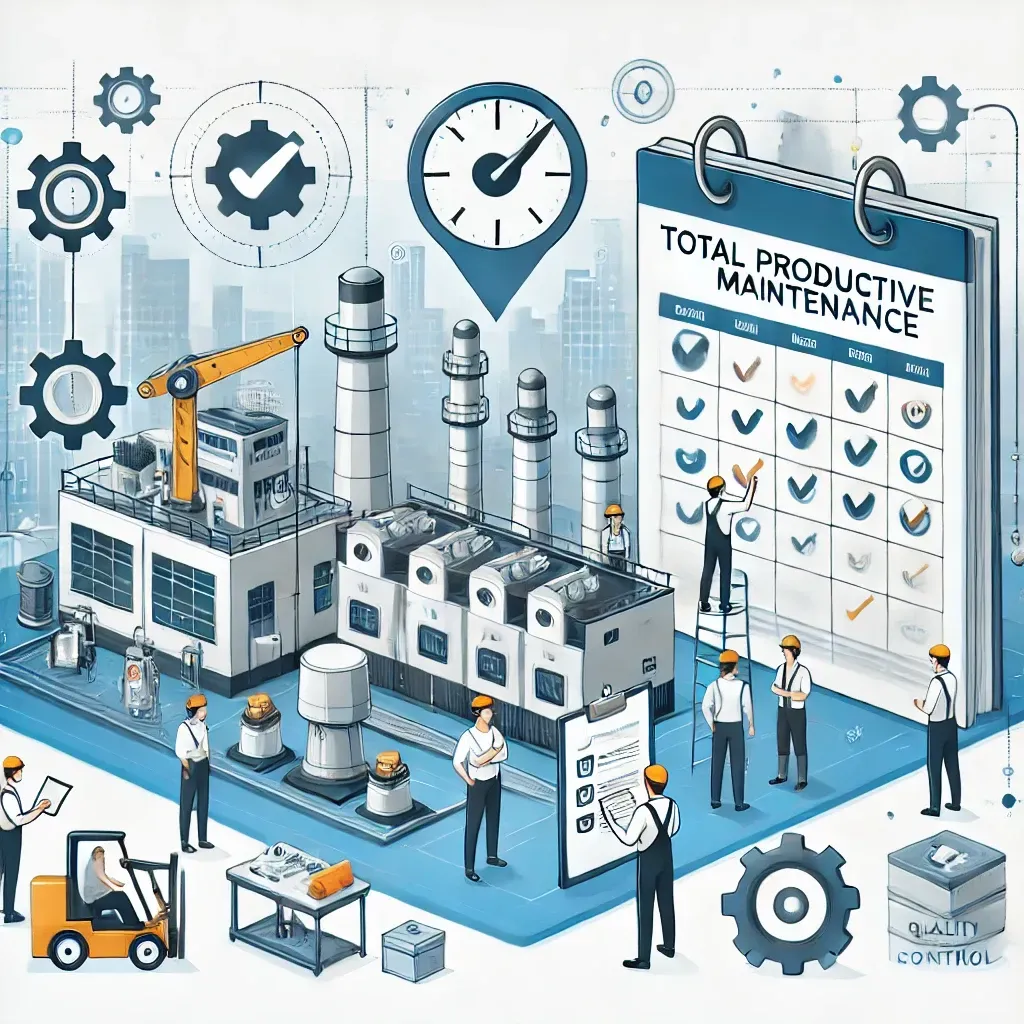Optimising Your Operations: The Lean Layout Event Blueprint
The Lean Revolution: Transforming Your Workspace with a Layout Event
Lean layout events are a powerful tool for optimizing the flow of materials and information in a workplace. The goal of a lean layout event is to improve efficiency and productivity by identifying and eliminating waste in the physical arrangement of a workspace. If you're interested in conducting a lean layout event, this blog post will guide you through the process.
Step 1: Define the Objective
Before you begin the event, it's important to clearly define the objective of the layout. Consider the challenges or pain points you're trying to address, such as long lead times, high levels of inventory, or low productivity. Your objective should be specific, measurable, and focused on reducing waste.
Step 2: Gather Data
To begin the layout event, you'll need to gather data about the current state of your workspace. This could include a physical inventory of materials, a map of the workspace, and data about the flow of goods and information. This information will serve as the foundation for your improvement efforts.
Step 3: Assign Roles and Responsibilities
Once you've gathered the data, it's time to assign roles and responsibilities. A lean layout event is typically a cross-functional effort, so you'll need to identify participants from various departments and areas of expertise. Be sure to assign a facilitator to guide the event and ensure that everyone is on the same page.
Step 4: Conduct the Event
The next step is to conduct the event itself. During this time, you'll work with your team to analyze the data, identify waste, and develop ideas for improvement. Use tools like value stream mapping, 5S, and visual management to guide your efforts. As you work, be sure to document your findings and ideas.
Step 5: Implement the Changes
Once the event is complete, it's time to implement the changes. Work with your team to prioritize the improvements, create a detailed action plan, and begin implementing the changes. Remember to track your progress, measure the results, and adjust your approach as needed.
Step 6: Celebrate Success
Finally, celebrate your success! A lean layout event can be a significant undertaking, so it's important to take time to reflect on what you've accomplished and acknowledge the hard work of everyone involved.
By following these steps, you can conduct a successful lean layout event that leads to significant improvements in your workspace. By reducing waste and optimizing the flow of materials and information, you can increase efficiency, improve productivity, and drive growth.
Top Lean Six Sigma Reads:









